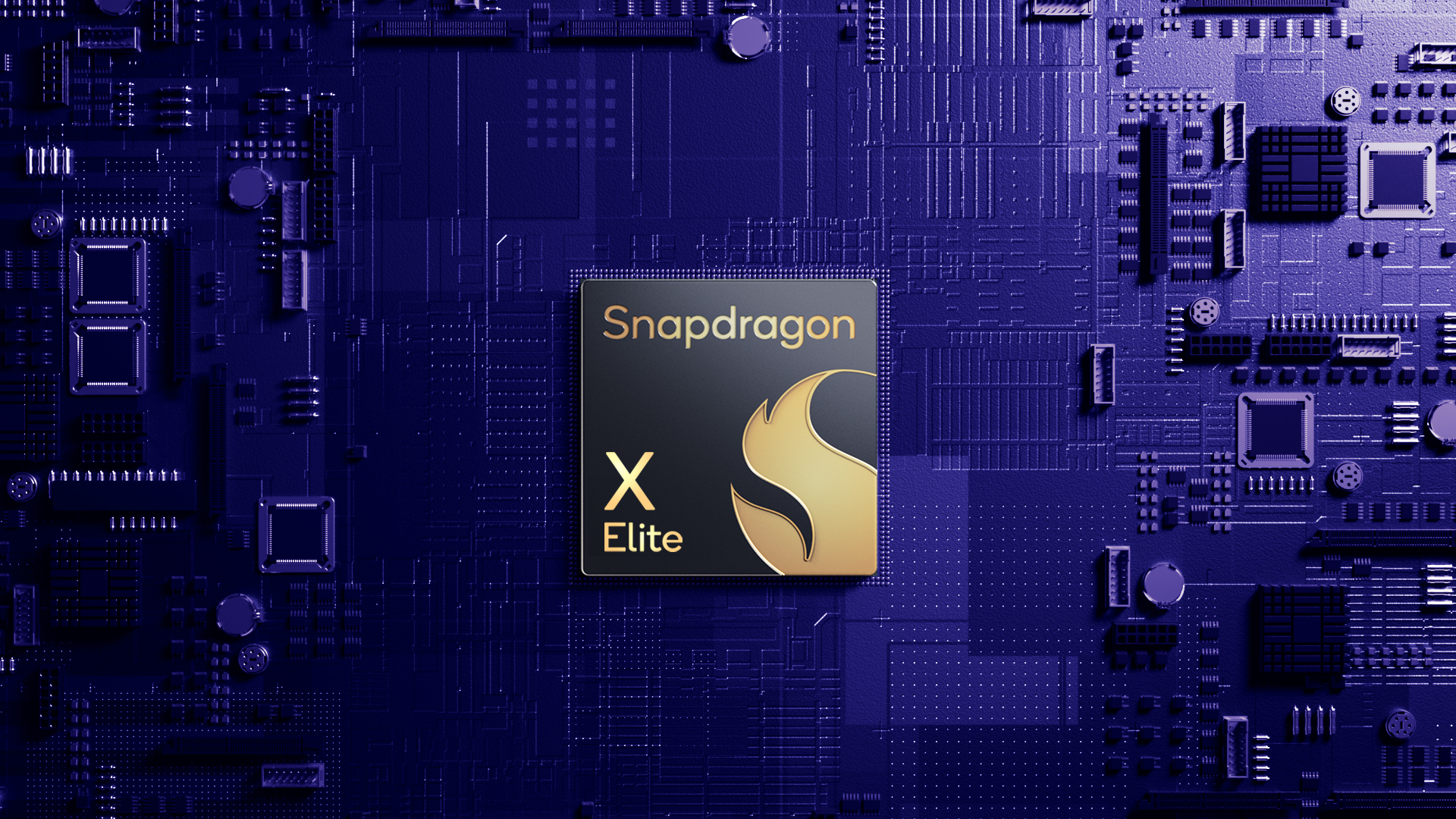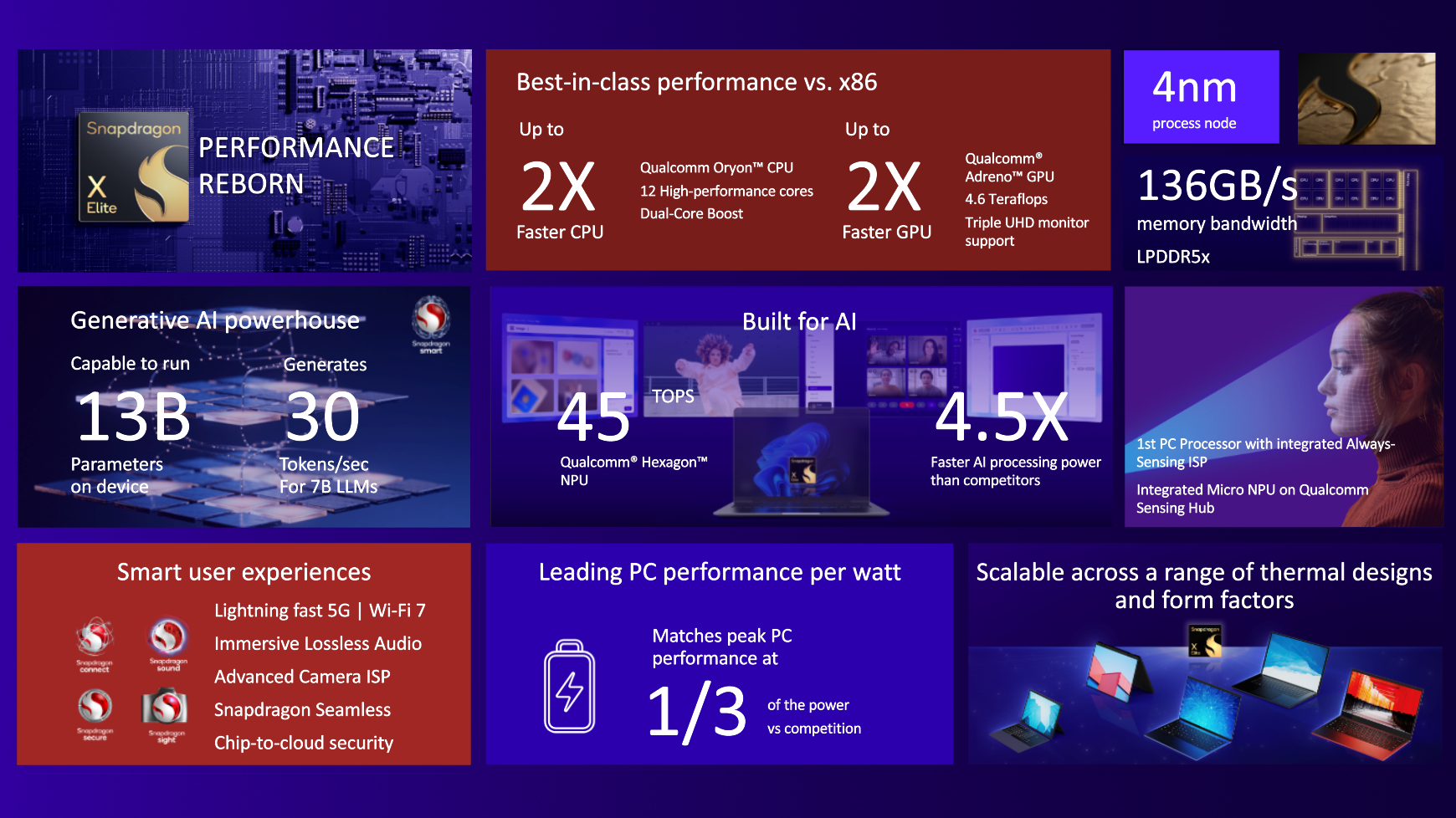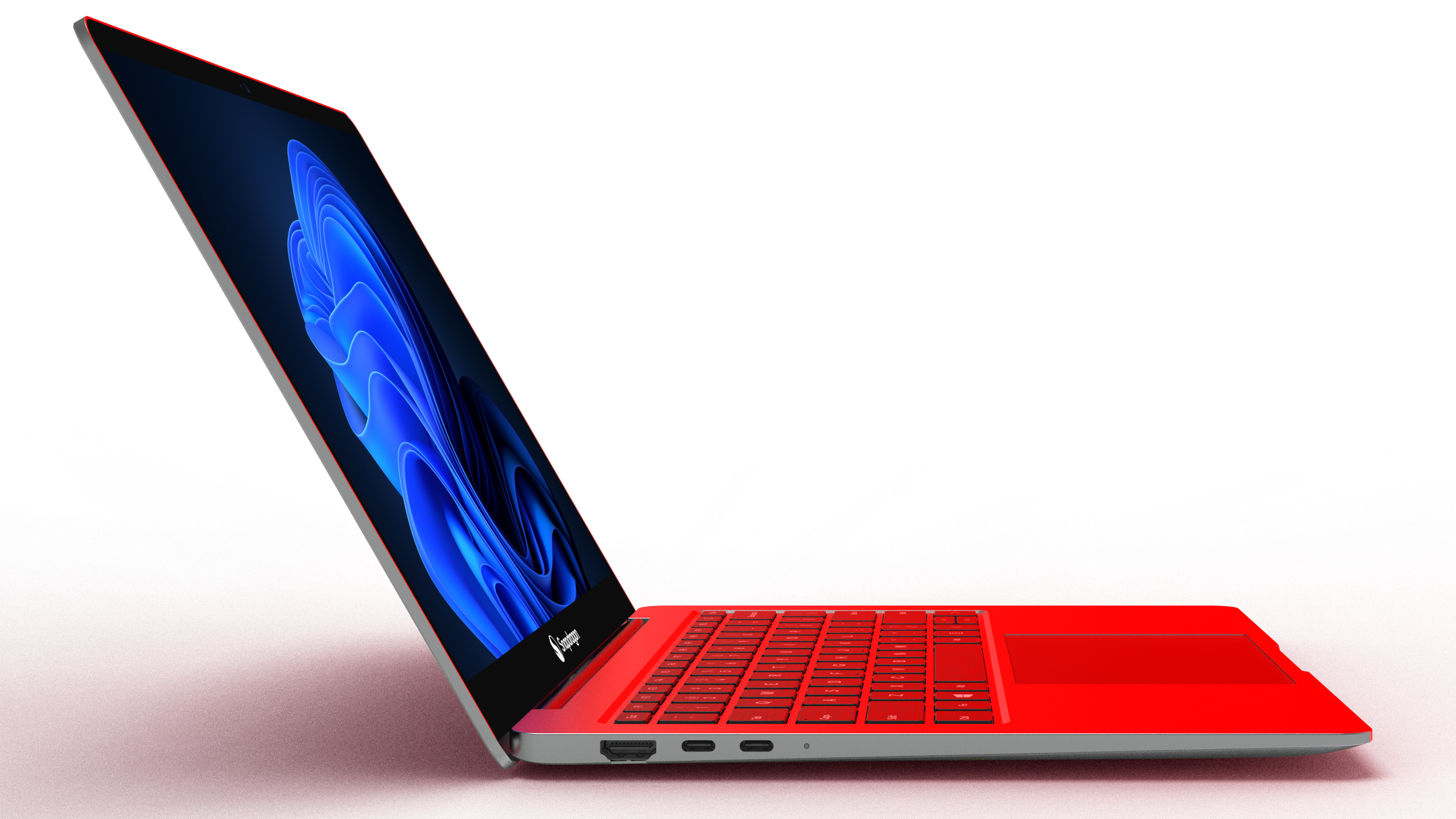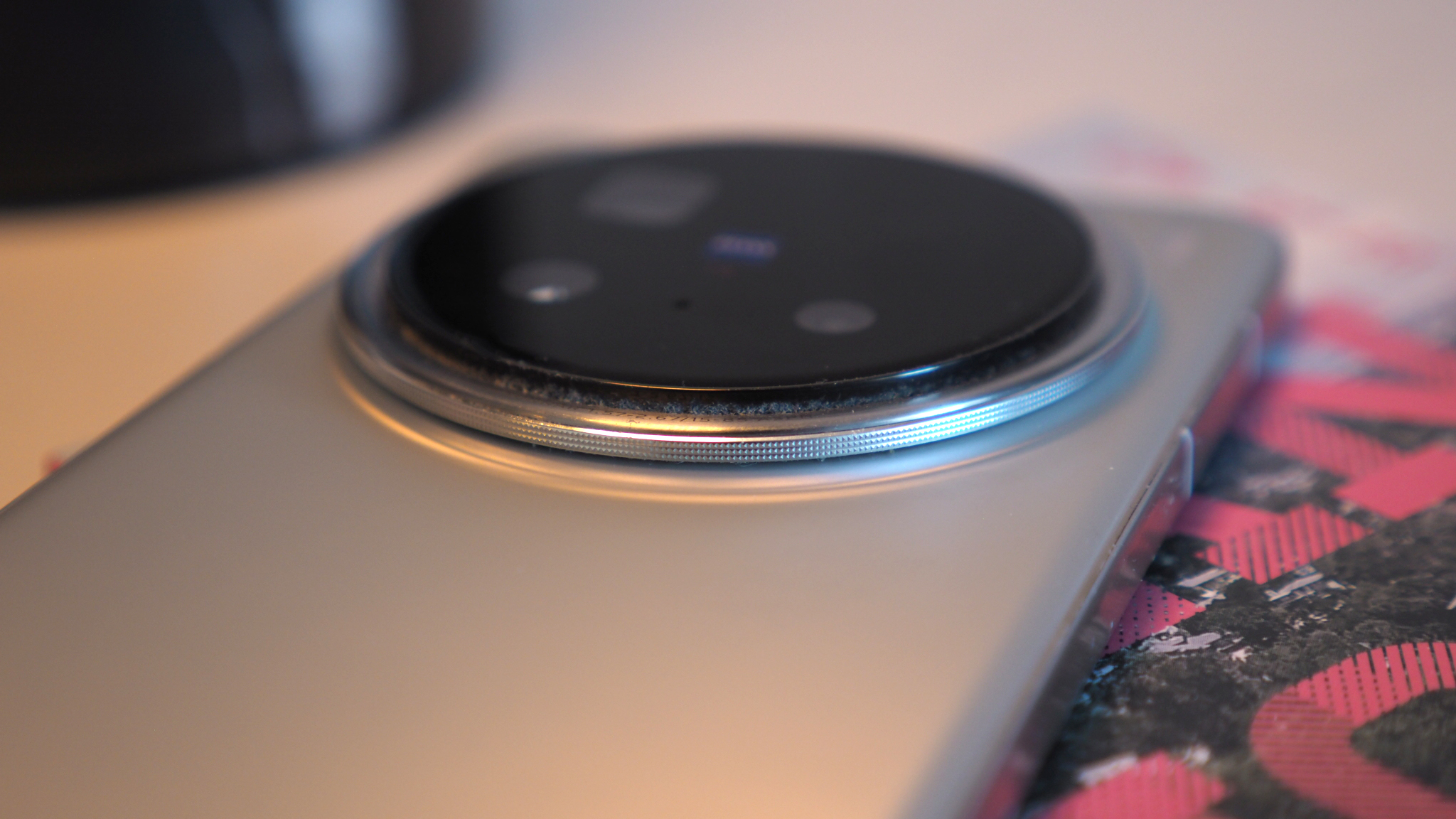
Hawaii is a place that typically conjures images of volcanoes, Mai Tai cocktails and beautiful scenery. It's also where, for a few days each and every year, the annual Snapdragon Summit takes place – where chip-maker Qualcomm reveals its latest and greatest innovations.
And the Snapdragon Summit in 2023 was a major deal, with the company not only revealing its latest Snapdragon 8 Gen 3 platform for the best Android phones, but a gigantic shake-up for the Windows laptop market: it's called the Qualcomm Snapdragon X Elite and it's going to make the best laptops in 2024 sound even more appealing.
Snapdragon X Elite will be the company's major rival to current Intel and AMD chips in Windows laptops. Qualcomm is no stranger to creating laptop-worthy chips, of course, but there just hasn't been the appetite for them - or really the compatibility. But that's all about to change in 2024.
Snapdragon X Elite: why it matters

Snapdragon X Elite is the company's first deployment of Qualcomm's Oryon processor (a company that it bought some years ago). Oryon is not only powerful - many of the engineers worked on Apple's remarkable home-grown silicon, and you only need to look at the best MacBooks to see how superbly that's gone - and X Elite's 12-core 3.8GHz architecture (boost to 4.3GHz) is comparable to an Apple M2 or even M2 Pro.
That's got many Windows laptop-makers mighty interested, because this scalable architecture is not only powerful, it can be designed as low-power-consuming for battery life gains well beyond its Intel competition. It's also versatile, so could be utilised in fanless designs for super-long battery life, a la MacBook Air, or driven at higher wattages and fan-cooled for even more oomph, like a MacBook Pro. Albeit for the Windows market.

And as the company said on stage in a Q&A Qualcomm Compute session behind closed doors in Maui, time has gone into "making sure the apps are ready, the APIs are ready and the development toolkit is available".
That part's really important as for this system to adapt typical Windows programmes and processes there needs to be a robust system that permits users to dig into whichever apps they wish without barriers. It was the hurdle that Apple had to initially conquer with its own silicon, utilising Rosetta software to hand-shake seamlessly, and that's what Qualcomm is aiming to do in its own way to win big in the Windows market.
Sign up to the T3 newsletter for smarter living straight to your inbox
Get all the latest news, reviews, deals and buying guides on gorgeous tech, home and active products from the T3 experts
Which laptops will have Snapdragon X Elite?

Whereas earlier Qualcomm laptop-designated chips had low uptake, the interest in Snapdragon X Elite is considerable already. At the Snapdragon Summit a total of nine makers were announced as partners. There's a bit of a wait, though, as "PCs powered by Snapdragon X Elite are expected mid-2024."
So who's on the list? While no specific products have been revealed, many of the majors are already on board: Dell, Samsung, Microsoft, Acer, Asus, HP, Lenovo, Xiaomi, Honor.
I think that spells a potentially really exciting future for the Windows laptop market. Competition is healthy, especially when it's competition that sounds so strong and will deliver a new and theoretically better experience for users. Roll on 2024 so we can see what comes.

Mike is T3's Tech Editor. He's been writing about consumer technology for 15 years and his beat covers phones – of which he's seen hundreds of handsets over the years – laptops, gaming, TV & audio, and more. There's little consumer tech he's not had a hand at trying, and with extensive commissioning and editing experience, he knows the industry inside out. As the former Reviews Editor at Pocket-lint for 10 years where he furthered his knowledge and expertise, whilst writing about literally thousands of products, he's also provided work for publications such as Wired, The Guardian, Metro, and more.

